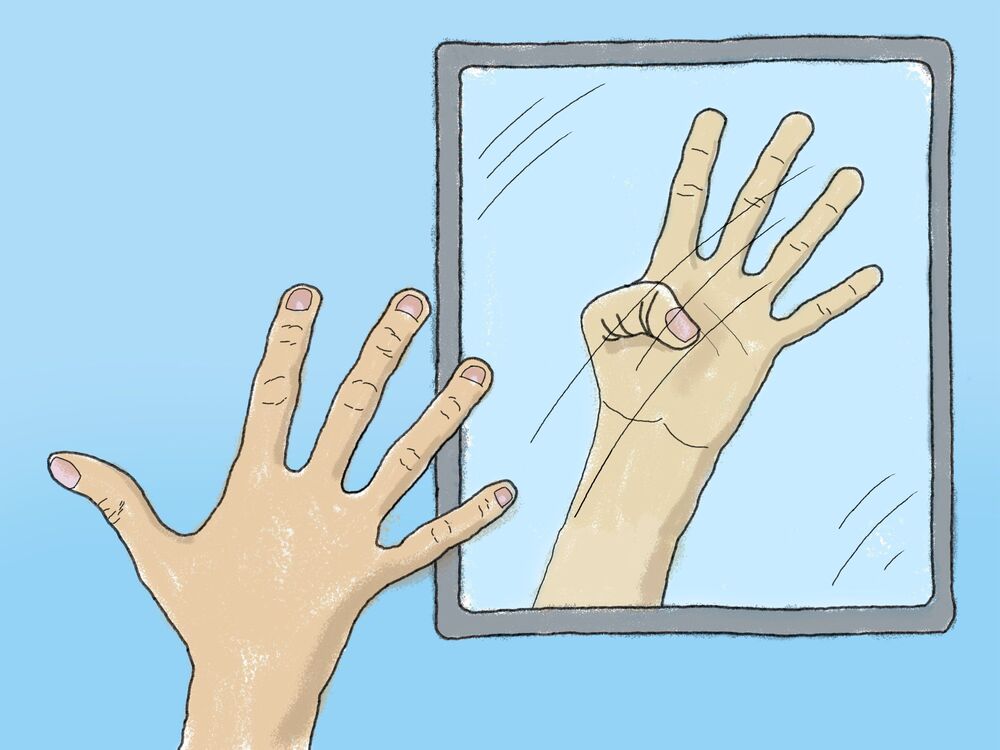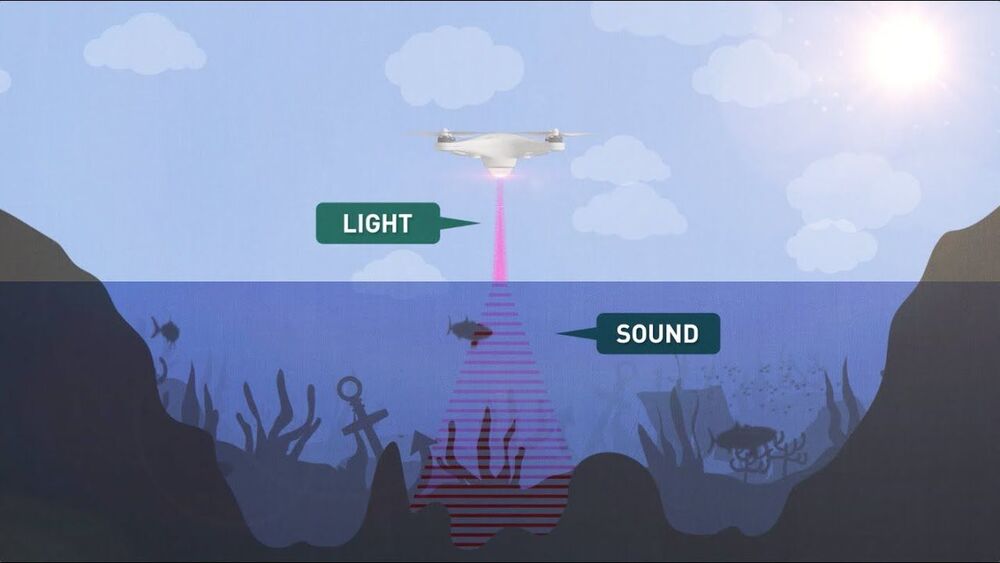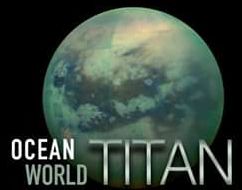Dec 1, 2020
In search for dark matter, new fountain design could become wellspring of answers
Posted by Saúl Morales Rodriguéz in categories: cosmology, particle physics
You can’t see it. You can’t feel it. But the substance scientists refer to as dark matter could account for five times as much “stuff” in the universe as the regular matter that forms everything from trees, trains and the air you breathe, to stars, planets and interstellar dust clouds.
Though scientists see the signature of dark matter indirectly in the way large objects orbit one another—particularly how stars swirl around the centers of spiral galaxies—no one knows yet what comprises this substance. One of the candidates is a Z’ boson, a fundamental particle that has been theorized to exist but never detected.
A new proposed experiment could help scientists determine whether Z’ bosons are real, in that way identifying a possible candidate for dark matter. To accomplish this task, researchers from the National Institute of Standards and Technology (NIST), the University of Groningen in the Netherlands, the Canadian particle accelerator center TRIUMF and other collaborators are working to make the most accurate measurements to date of a nuclear property that is extremely difficult to measure, called nuclear spin-dependent parity violation (NSD-PV).


















